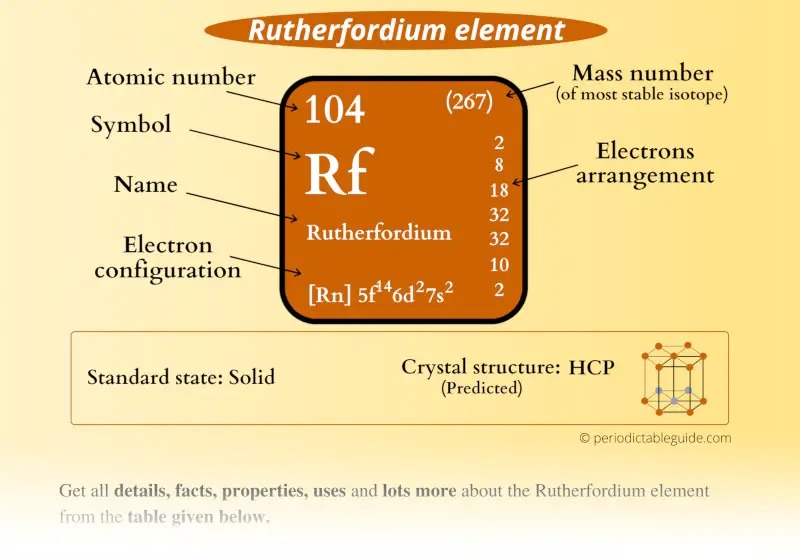
This is a SUPER easy guide on Rutherfordium element.
In fact, the table mentioned below is the perfect information box (Which gives you every single detail about the Rutherfordium element in Periodic table.)
So if you want to know anything about Rutherfordium element, then this guide is for you.
Let’s dive right into it!
Rutherfordium Element (Rf) Information
| State (at STP) | Solid (predicted) |
| Position in Periodic table | 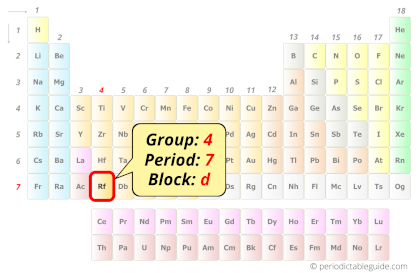 Group: 4, Period: 7, Block: d |
| Category | 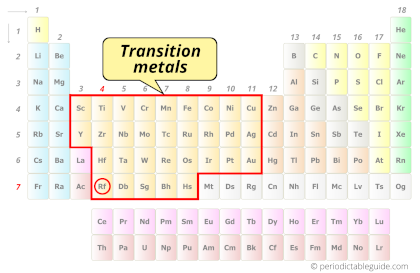 Transition metals |
| Atomic number or Protons | 104 |
| Neutrons | 157 |
| Electrons | 104 |
| Symbol | Rf |
| Atomic mass of Rutherfordium (most stable isotope) | 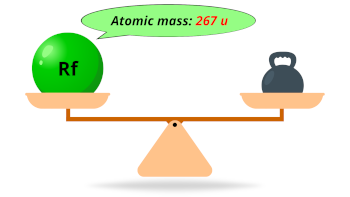 267 u |
| Electrons arrangement or Bohr model | 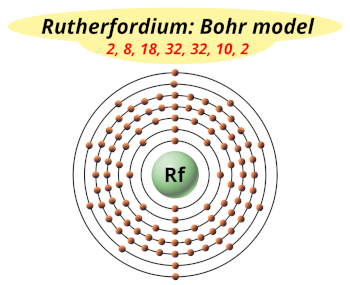 2, 8, 18, 32, 32, 10, 2 |
| Electronic configuration | [Rn] 5f14 6d2 7s2 |
| Crystal structure | 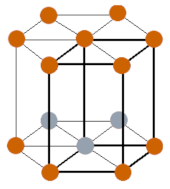 HCP (hexagonal close packed) |
| Melting point (predicted) | 2100 °C |
| Boiling point (predicted) | 5500 °C |
| Density (predicted) | 17 g/cm3 |
| CAS number | 53850-36-5 |
Rutherfordium in Periodic table
Rutherfordium element is in group 4 and in period 7 of the Periodic table. Rutherfordium is the d-block element and it belongs to transition metals group.
| H | He | ||||||||||||||||
| Li | Be | B | C | N | O | F | Ne | ||||||||||
| Na | Mg | Al | Si | P | S | Cl | Ar | ||||||||||
| K | Ca | Sc | Ti | V | Cr | Mn | Fe | Co | Ni | Cu | Zn | Ga | Ge | As | Se | Br | Kr |
| Rb | Sr | Y | Zr | Nb | Mo | Tc | Ru | Rh | Pd | Ag | Cd | In | Sn | Sb | Te | I | Xe |
| Cs | Ba | La* | Hf | Ta | W | Re | Os | Ir | Pt | Au | Hg | Tl | Pb | Bi | Po | At | Rn |
| Fr | Ra | Ac** | Rf | Db | Sg | Bh | Hs | Mt | Ds | Rg | Cn | Nh | Fl | Mc | Lv | Ts | Og |
| *Ce | Pr | Nd | Pm | Sm | Eu | Gd | Tb | Dy | Ho | Er | Tm | Yb | Lu | ||||
| **Th | Pa | U | Np | Pu | Am | Cm | Bk | Cf | Es | Fm | Md | No | Lr |
←Move to: Lawrencium (Lr) element – Periodic Table
→Move to: Dubnium (Db) element – Periodic Table
Why is Rutherfordium in Period 7?

Let me ask you a question.
How many shells does rutherfordium atom have?
It’s 7. Right?
You have already seen the bohr model of rutherfordium atom in the above table.
From the Bohr model, it can be found that the number of orbits or shells in rutherfordium is 7. Hence, as rutherfordium has 7 orbits, it lies in period 7 of the Periodic table.
Why is Rutherfordium in d-block?
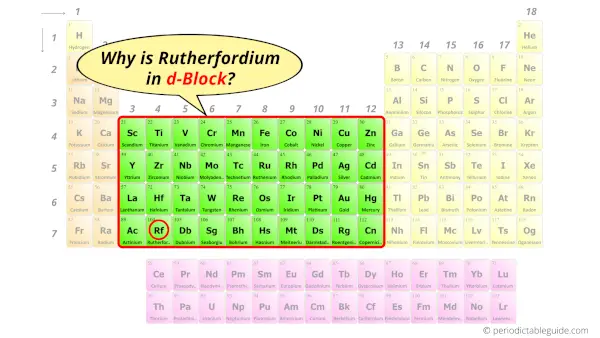
Before knowing this reason, first of all I want to ask you a simple question.
How can you determine the blocks-wise position of elements?
The simple answer: The elements will lie in the s, p, d or f block will completely depend upon the subshell in which the last electron will enter.
For example; the electron configuration of rutherfordium is [Rn] 5f14 6d2 7s2.
So the last electron of rutherfordium enters the d-subshell or d-orbital.
Hence, rutherfordium is the d-block element.
5 facts about Rutherfordium
Interesting facts about rutherfordium element are mentioned below.
- The element was named “Rutherfordium” to honor the chemist Ernst Rutherford.
- Rutherfordium was discovered by Georgy Flerov and his colleagues at Joint Institute for Nuclear Research and this element was also independently discovered by Albert Ghiorso and his colleagues at Lawrence Berkeley National Laboratory.
- Rutherfordium is a synthetic element and it is artificially prepared in the laboratory.
- There are around 16 different isotopes of rutherfordium and none of them is stable.
- Out of all the isotopes of rutherfordium, the isotope 267Rf has a longest half life of 1.3 hours.
Properties of Rutherfordium
The physical and chemical properties of rutherfordium element are mentioned below.
- The predicted state of rutherfordium at STP is solid.
- The predicted crystal structure of rutherfordium is HCP (hexagonal close-packed).
- The atomic mass of most stable isotope of rutherfordium is 267 u and its density is predicted to be 17 g/cm3.
- The calculated melting point and boiling points of rutherfordium are 2100 °C and 5500 °C respectively.
- The common oxidation states of rutherfordium are +4 and +3.
Uses of Rutherfordium
Rutherfordium is generally used for scientific research work. It has no commercial uses due to its scarcity and a very short half-life.
Explore our New Interactive Periodic Table (with Rotating Bohr Models and More)

Details about this Periodic table:
- Access detailed info on all elements: atomic mass, electron configurations, charges, and more.
- View rotating Bohr models for all 118 elements.
- Get a free HD image of the Periodic Table.
Note: For future use, bookmark this Periodic table or visit “PeriodicTableGuide.com”
External resources:
- Rutherfordium – Element information, properties and uses | Periodic Table. (n.d.). Rutherfordium – Element Information, Properties and Uses | Periodic Table. https://www.rsc.org/periodic-table/element/104/rutherfordium
- Rutherfordium – Wikipedia. (2019, September 21). Rutherfordium – Wikipedia. https://en.wikipedia.org/wiki/Rutherfordium
- P. (n.d.). Rutherfordium | Rf (Element) – PubChem. Rutherfordium | Rf (Element) – PubChem. https://pubchem.ncbi.nlm.nih.gov/element/Rutherfordium
- It’s Elemental – The Element Rutherfordium. (n.d.). It’s Elemental – the Element Rutherfordium. https://education.jlab.org/itselemental/ele104.html
- Rutherfordium | CCDC. (n.d.). Rutherfordium | CCDC. https://www.ccdc.cam.ac.uk/elements/rutherfordium/
- Kacher, C. D. (1995, October 30). Chemical and nuclear properties of Rutherfordium (Element 104). https://doi.org/10.2172/193914
- C&EN: IT’S ELEMENTAL: THE PERIODIC TABLE – RUTHERFORDIUM. (n.d.). C&EN: IT’S ELEMENTAL: THE PERIODIC TABLE – RUTHERFORDIUM. https://pubsapp.acs.org/cen/80th/rutherfordium.html?
